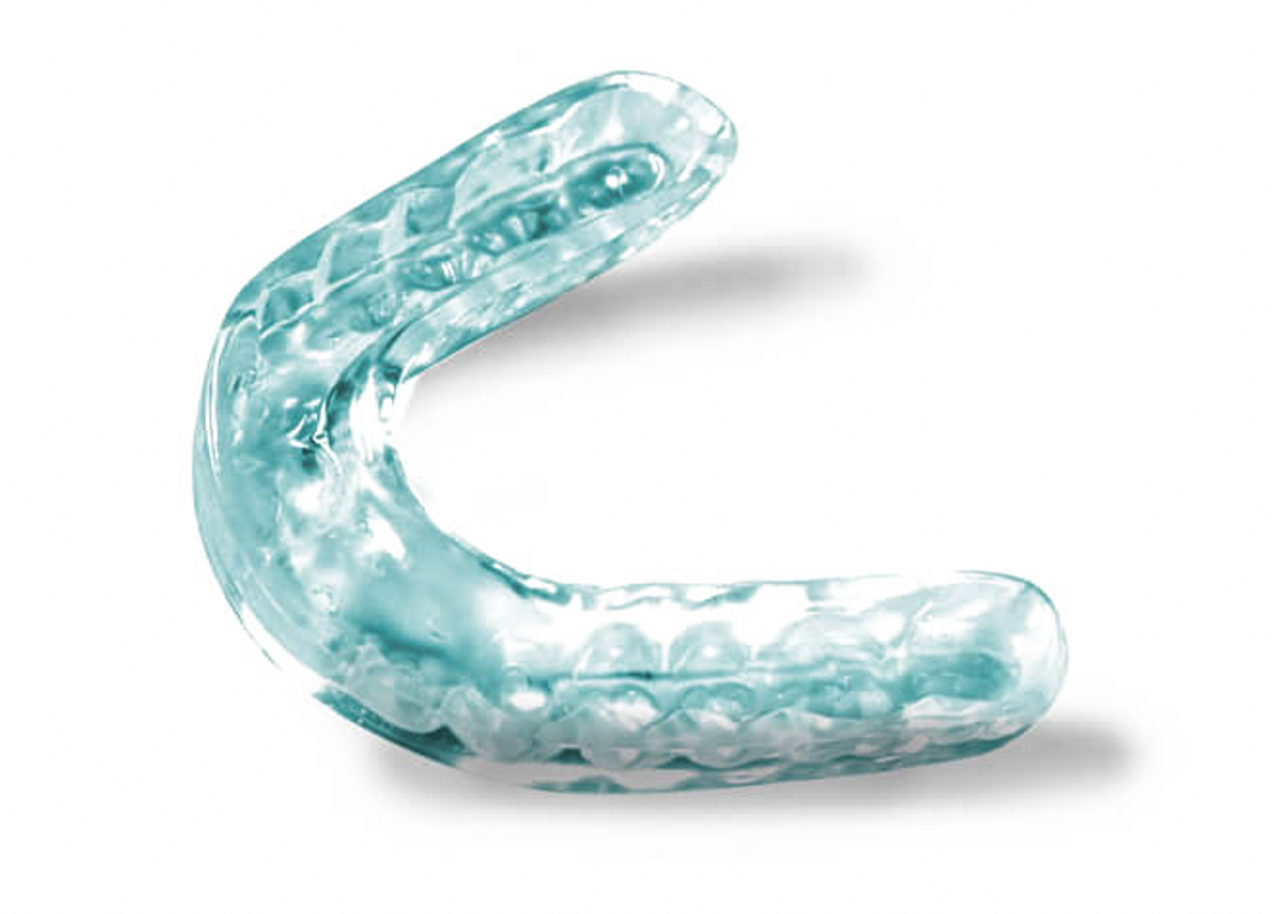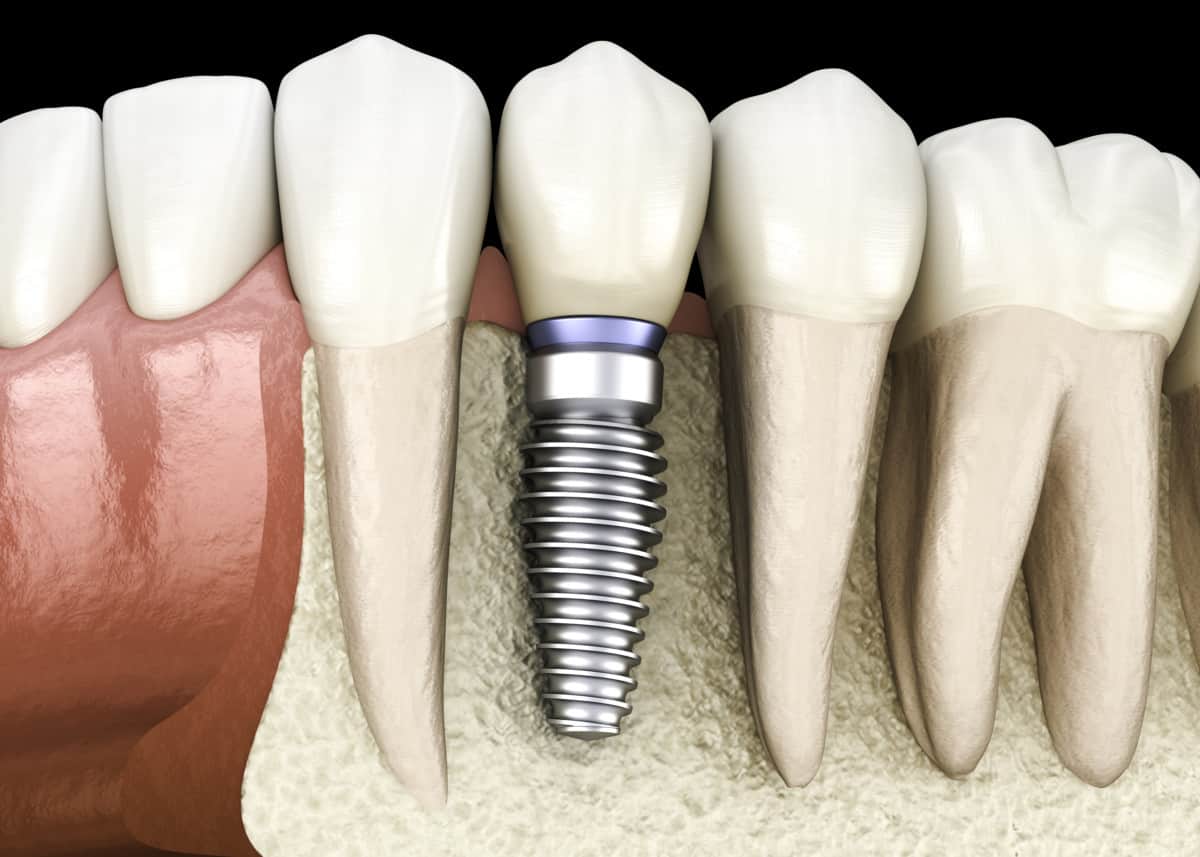
Choosing between a top or bottom night guard can be tricky, especially when the pros and cons of each are not explained fully or are hard to find. When I recommend a night guard to my patients, my patients will ask me which night guard is better, the top or bottom?
A bottom night guard is best because it is more recessed in the mouth due to the smaller bottom arch. It will push the lips out less, preventing mouth breathing, dry mouth, gag reflex, cavities, gum disease, and build-up. A bottom night guard is more comfortable; thus, it will boost compliance.
It comes down to what the dental professional feels best, with input from the patient. Sometimes I will have a patient tell me that they specifically want a night guard for the top teeth, and if it is feasible, we will make a top night guard for them.
However, I will further explain why the bottom night guards are the top choice, and I will go over the pros and cons of both top and bottom night guards and why bottom night guards are not the proper choice in some circumstances.
Why are bottom night guards are the better choice?
In a typical healthy setting, bottom night guards are the better choice than a top night guard.
Night guards were initially designed for the upper teeth, with no thought of them even being made for the bottom.
But as more people had issues with the night guard triggering their gag reflex, increased complaints of discomfort and reduced compliance, night guards started to be fabricated for the bottom teeth.
Smaller footprint and better seal of lips
Bottom night guards have a smaller footprint in the mouth, not taking up as much space as a top night guard would.
A smaller footprint allows the lips to be closer together at rest and allows a proper seal when sleeping (unless you are already a mouth breather/open mouth sleeper).
Having a proper lip seal prevents dry mouth, which is imperative for the long-term health of the mouth.
Dry mouth caused by mouth breathing and sleeping with your mouth open can increase gum disease, cavities, bad breath, and build-up on the teeth.
At night, our saliva flow slows down immensely, which can already increase adverse effects on the mouth.
I have heard and seen people on the internet say that bottom night guards don’t fit as well on the teeth, and that is simply not the case. It comes down to how well they are fabricated, and properly fabricated night guards should not come loose.
How a properly fitted night guard should fit and feel
A dental night guard that is properly made should “click” onto your teeth, and you should not be able to flick it off with your tongue. If you can remove your night guard with your tongue, it means that it is too loose, and there is a possibility it can come loose at night, and you could swallow or choke on it.
Having a properly fitted night guard is important for safety and why I always recommend having one made by a dental professional in a dental office.
Over-the-counter night guards can be loose, and not provide proper retention, and even cause irreversable damage to the teeth that could cost over 5,000 dollars to correct.
Bottom night guards are better for sleep apnea patients
Sleep apnea is a severe medical condition that affects a considerable amount of the population. In my practice, we always discuss the effects of sleep apnea on the mouth, head and neck. Sometimes, an upper nightguard can force the lower jaw backwards and worsen the effects of sleep apnea.
With my patients who suffer from sleep apnea, I always go over with them about their ongoing care for sleep apnea and if their doctor has cleared them to have a night guard. If so, a bottom one is recommended to reduce the chance of impeding the airway, discouraging much-needed air into the body.
Sometimes, the doctor looking after a sleep apnea patient will recommend another oral appliance that will guide the bottom jaw forward, creating a better and larger airway.
Collaborative decision between dental professional and patient
When I am discussing a night guard with my patient, I have a conversation about their wants and needs, allowing them to choose what is best for them but with regard to our professional advice, based on their situation. It is a collaborative discussion, with the ultimate goal of the patient wearing it consistently.
Read Now: How Often Should You Clean a Night Guard? Hygienist Explains
Cons of a top night guard; why they are losing popularity
I know I have touched on why bottom night guards are better, which ties into the cons of top night guards, so I will only briefly cover them.
Problems from wearing a top night guard include;
- Trigger gag reflex from coming in contact with the palate more than a bottom night guard.
- Larger than bottom night guard which can extrude the lips more, preventing the lips from closing and providing a tight seal. If your mouth is open when you sleep, you are more prone to dry mouth, leading to increase cavities, gum disease including gingivitis, and bad breath.
- Can impede on breathing and possibly increase sleep apnea.
Choosing a night guard for either the bottom or the top teeth should be discussed with your dentist/dental professional. Sometimes missing teeth, medical conditions or certain conditions of teeth need to be factored in so you get the best option for you that is the safest and most effective.
Reasons why bottom night guards cannot be done in certain circumstances
There are a few reasons why bottom night guards cannot be made, and there is no choice but to do a top one.

Dental implants
Dental implants are the best form of tooth replacement, but depending on how many and the location of the dental implant in the mouth, the dentist may not want the night guard to be putting too much force on it.
If the night guard puts too much force on the dental implant, it can contribute to the failure of the implant.
If you know you clench and grind your teeth, you may want to double-check with your dentist that your implant isn’t taking too much force regularly through eating, clenching and grinding. We want to do everything we can to maximize the longevity of the dental implant.
Multiple missing teeth
To have proper retention of the night guard, there need to be enough teeth for the night guard to hold on to, especially to distribute the force of clenching and grinding evenly.
If there are multiple missing teeth on the bottom arch, the dentist may advise that the night guard be made for the top teeth.
Retainers from orthodontics
If you wear retainers from having orthodontics, the dentist may want to make the night guard for the top teeth depending on the type of retainer.
I have a lingual wire (a metal wire glued to my bottom front teeth) and a removable retainer for the top. So I had my night guard made for my bottom teeth.
But if someones has the opposite to me; a removable bottom retained and a fixed lingual wire on the back of the top front teeth, the dentist will most likely suggest having a top night guard made.
Can you wear a top and bottom night guard at the same time?
A top and bottom night guard should never be worn simultaneously as doing so can be destructive to the teeth and temporomandibular joints and cause discomfort. One night guard benefits both the top and bottom teeth, and a night guard made by a dental professional is best to prevent long-term issues.
Even though I have touched on the pros and cons of both a top and bottom night guard, wearing one is very important to prevent more serious dental issues from arising. Picking the right one for you is an important part of the process.
I always recommend having an in-person meeting and examination with your dentist/dental professional. They may have some important remarks in order to make the right decision for you.
I hope I have helped you find the information you were looking for, and have a great day,
Holly 🙂

